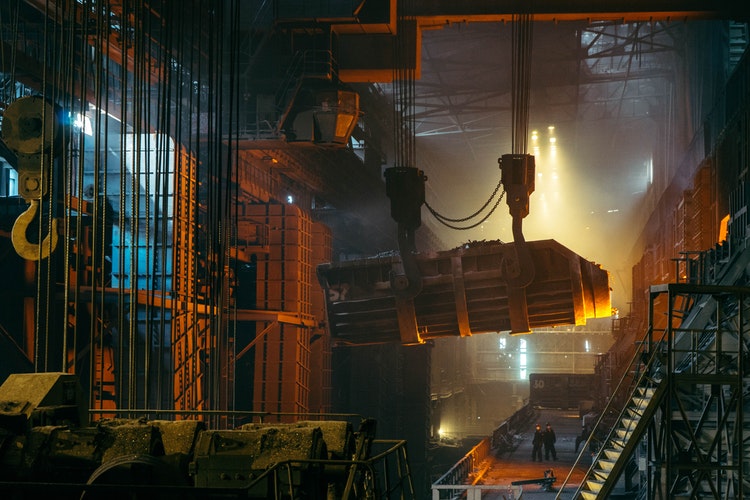
A basic and very important component of a quality hydraulic system is, of course, the hydraulic cylinder and the hydraulic cylinder components. It is from the efficiency of the design and functionality of a cylinder that a hydraulic system will be able to gain the maximum in power while not exerting unnecessary force or strain on the system.
The hydraulic cylinder is the fundamental component of a hydraulic system. This is where the energy is transformed and provides the motive forces used by the application.
The Components of a Hydraulic Cylinder
Each of the hydraulic cylinder components needs to be meticulously engineered to ensure the level of pressure is safely maintained, that there are no spikes in pressure and there is smooth operation of the piston with the effective transference of power through the piston rod.
1) Pistons
The pistons are usually manufactured in chrome-plated, cold-rolled steel, which provides for a long lasting and corrosion resistant finish. The piston will need to function effectively under pressure with potentially some small variations, and may also be operating in a range of temperatures. The piston will be required to move within the barrel. The piston needs to be machined precisely to ensure that it fits snugly within the barrel and that appropriate levels of pressure will be maintained within the cylinder to exert a force on the piston as it functions.
2) Piston Rod
The piston rod needs to operate in much the same environment as the piston and will also usually manufactured from chrome-plated, cold-rolled steel. It must be able to transfer the force that is generated from the piston to other parts of the system. It is through the piston rod that the industrial level power from a hydraulic system is generated. The system needs to be engineered to reduce unnecessary stress on the piston rod as this will impact on the metal it is manufactured from and could impair efficiency over the long term.
3) Barrel
The barrel needs to be strong and long-lasting and is usually made from a seamless steel cylinder. This ensures there is no potential for loss of integrity in the structure of the barrel and allows for smooth movement of the piston. It plays an important role as it holds the components of the hydraulic cylinder and will ensure that the cylinder head can only move within a very confined space, limiting unnecessary movement.
4) Seals
The hydraulic seals are potentially the most important of the hydraulic cylinder parts as they prevent leakage of hydraulic fluid from the cylinder. By ensuring that fluid levels are maintained and that the cylinder can maintain suitable levels of pressure, the seals can prevent component failure. They also prevent solid substances or liquid contaminants from getting into the hydraulic system. They are designed to withstand high temperatures and pressures and will restrict transverse movements within the hydraulic cylinder. Nitrile seals are designed for use in low-temperature applications, while Viton seals are designed for higher temperatures.
Component Quality
At Ranger Caradoc Hydraulics we focus on the quality of each of the hydraulic cylinder parts we use while at the same time looking at the bigger engineering picture associated with the hydraulics system. Our goal is to develop the highest quality cylinders for use across multiple industries and applications.
Download our free Buyer’s Guide to Hydraulic Cylinders for a more detailed understanding of the cylinders that we produce and their suitability for your operational environment.






